Gone are the days when a single phone number was the hero of customer care.
B2B and B2C customers expect exceptional service across multiple touchpoints — from using social media and messaging apps to self-service portals and AI-powered chatbots.
That’s where a digital customer care and service strategy steps in to save the day. This omnichannel approach enables your business to deliver seamless customer experiences, foster stronger customer relationships, gain a competitive edge, and achieve additional benefits.
But what exactly is digital customer care, how does it relate to digital customer service, and how should your business implement these strategies? Continue reading to discover a few best practices and avoid falling behind.
Where Do You Rank on the AI Maturity Curve?
Take the 5-minute assessment and get a personalized score and recommended next steps.
What Is Digital Customer Care?
Digital customer care leverages various online channels to provide convenient, personalized, and efficient customer support. This comprehensive support ecosystem empowers customers to connect on their terms — wherever, whenever.
It’s synonymous with digital customer service, which includes customer interactions and solutions delivered through digital channels. The only difference is that digital customer care represents a broader approach to maintaining customer relationships via digital channels, while digital customer service is a key element of digital customer care, where companies leverage technology to provide customer support through:
- Real-time assistance: Live chat, chatbots, and video chat consultations
- Asynchronous support: Email systems, SMS/text messaging, and messaging apps (WhatsApp, Messenger)
- Social engagement: Customer support forums, communities, and social media platforms
- Self-service options: Knowledge management systems, mobile apps with integrated support, and interactive voice response (IVR systems)
We can break down digital customer care into five key pillars:
1. Omnichannel support
Imagine a customer with a burning question about your product. They reach for their phone — not to dial your contact center, but to fire off a quick message on your company’s social media page or access the self-service portal.
In a multichannel support system, these disconnected service silos keep customer information hidden from your agents, which often results in poor resolution and customer satisfaction.
But in an omnichannel support system, customers are free to choose their preferred method of communication, whether via phone, email, text messages/SMS, live chat, or other means. Even better? Their data and interactions integrate into a single, easy-to-access platform for your agents to see.
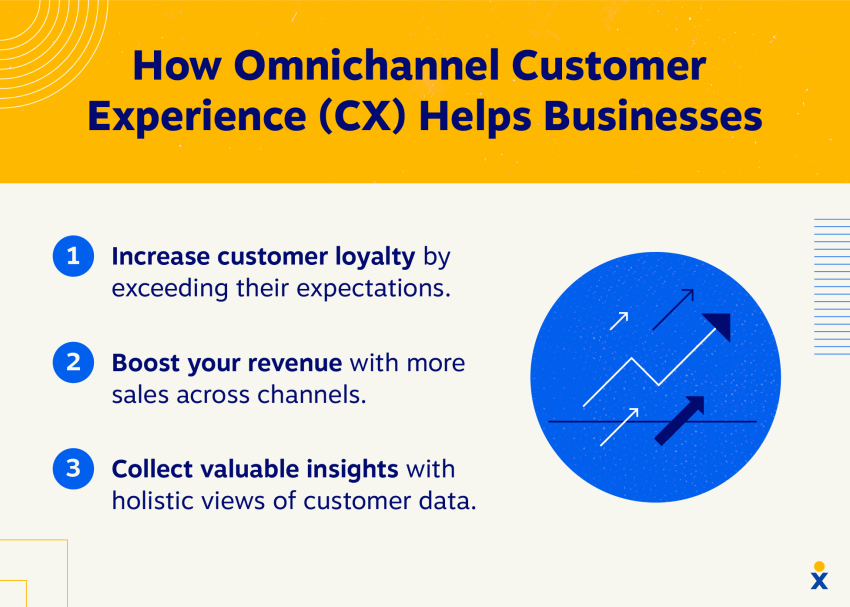
Statistics show that 86% of consumers expect this consistent communication across multiple channels with customer support. Two in five US consumers even say they’ve used three or more channels to reach a company’s customer service team.
Offering digital customer service and care is about empowering customers to choose the communication method that best suits their needs, inquiries, and preferences.
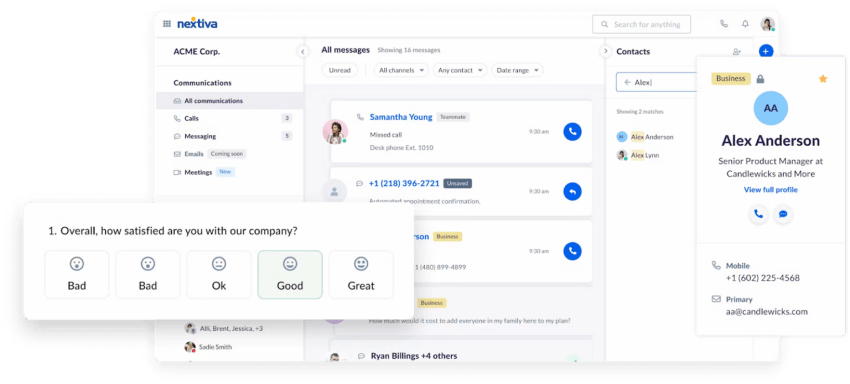
2. Always-on accessibility
Customers no longer operate on a nine-to-five schedule. Modern digital customer service offers a level of “always-on” accessibility, ensuring that your customers can find information or get help whenever needed.
Options like chatbots can handle basic customer queries 24/7, while knowledge base articles offer self-service solutions. This around-the-clock support caters to people across different time zones and with varied schedules, aiming to boost customer satisfaction and resolution rates.
3. Personalized interactions
According to recent customer service statistics, 68% of people feel brands should create personalized experiences in every interaction, including customer support.
A well-equipped digital customer service system leverages tools, AI, and data analytics to:
- Instantly recognize customers and provide agents with a snapshot of their customer journey.
- Offer personalized support, recommendations, and solutions.
- Integrate chatbots that learn from past interactions and tailor responses accordingly.
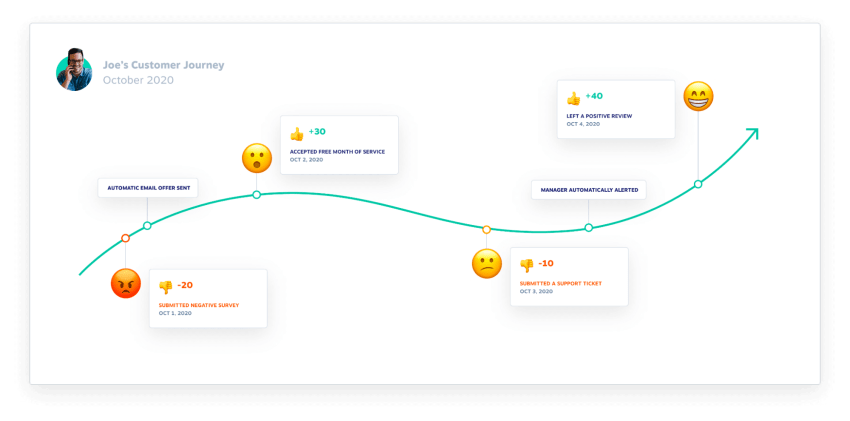
4. Proactive service
A digital customer care strategy includes tools that anticipate customer needs and provide support before issues arise or escalate.
Your proactive digital customer service may involve:
- Sending automated reminders.
- Sharing targeted product information based on past purchases.
- Flagging potential problems based on account activity.
- Engaging customers with personalized updates and information.
- Using social listening tools to address potential issues and offer proactive solutions.
Businesses fail to address about half of customers’ social media complaints, and more than two-thirds of customers say they want organizations to “reach out and engage with proactive customer notifications.”

Digital customer support helps you cover your bases.
5. Efficiency and scalability
Digital customer service tools designed for customer service automation reduce agent involvement and streamline workflows, allowing support team members to focus on resolving more complex issues.
While AI-powered technologies automate repetitive tasks and chatbots efficiently handle routine customer inquiries, your team improves response times, ultimately helping more people.
Digital customer service channels are inherently scalable, allowing you to easily manage an influx of inquiries without significant infrastructure or resource investments as your company grows.
Why Does Digital Customer Care Matter for My Business?
Investing in digital customer service is about staying current and giving your business a strategic advantage. The following five benefits can help skyrocket your brand to the next level:
Enhanced customer satisfaction
The greater the customer’s effort to resolve issues, the higher their dissatisfaction. But everyone loves prompt, convenient, efficient, personalized service across their favorite channels, so you’ll significantly improve customer satisfaction, boost customer loyalty and retention, and increase word-of-mouth referrals.
After all, surveys reveal that:
- Consumers are 5.1 times more likely to recommend a brand after an excellent customer service experience. They’re also 3.5 times more likely to purchase from a business after positive customer experiences.
- Consumers who report a good customer service experience are 38% more likely to recommend that company than consumers who received bad customer service.
- 94% of consumers who give a company a great customer service experience rating are likely to purchase more products or services from that company in the future.
Increased operational efficiency
Omnichannel contact center software automates repetitive, routine tasks to free up your customer care team to focus on complex issues and provide high-touch support.
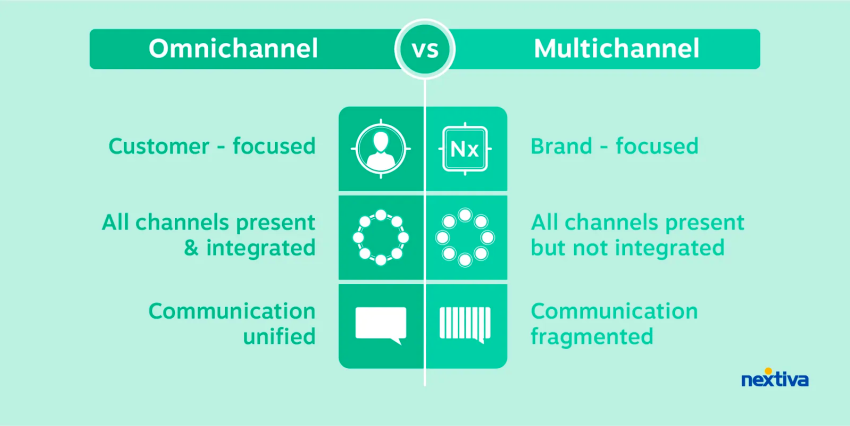
Unified, streamlined communication also provides all the information agents need to resolve concerns quickly and efficiently the first time.
You’ll reduce your human agents’ workload, decrease call center turnover, shorten resolution times, and elevate your customer service simultaneously. That’s why recent whitepapers show that:
- 79% of businesses consider automation necessary in their customer experience strategy.
- Classifying service issues with AI and intelligently routing incoming customer contacts increases agent productivity by 1.2 hours a day.
- Nearly two-thirds of customer service tasks and up to 70% of contacts can be automated with an AI-powered omnichannel contact center solution.
💸 Bonus: McKinsey researchers discovered that businesses using automation to revamp their customer experiences can save up to 40% on service costs. So it’s a win-win all around!

Improved brand reputation and trust
Prompt, effective responses to customer inquiries build trust, encourage positive online reviews, and strengthen brand reputation. They’re the cornerstone of every customer experience strategy.
Your digital experiences also allow your business to address customer concerns publicly, demonstrating your commitment to transparency and accountability.
The result is a positive brand image that keeps and attracts new customers.
Access to data-driven insights
Digital support experiences generate valuable data about customer behavior and pain points. Analyze this data, and you’ll gain incredible insights into customer needs, preferences, buying habits, and more.
Leveraging these data-driven insights will enable your team to develop targeted customer engagement strategies and continually improve your product offerings, service lines, and customer support. You’ll also identify weak areas and processes that must be optimized for success.
Over 60% of consumers expect customer service agents to know about their unique needs and expectations. A DCC that collects customer data and makes it easy to use will be able to exceed those expectations.
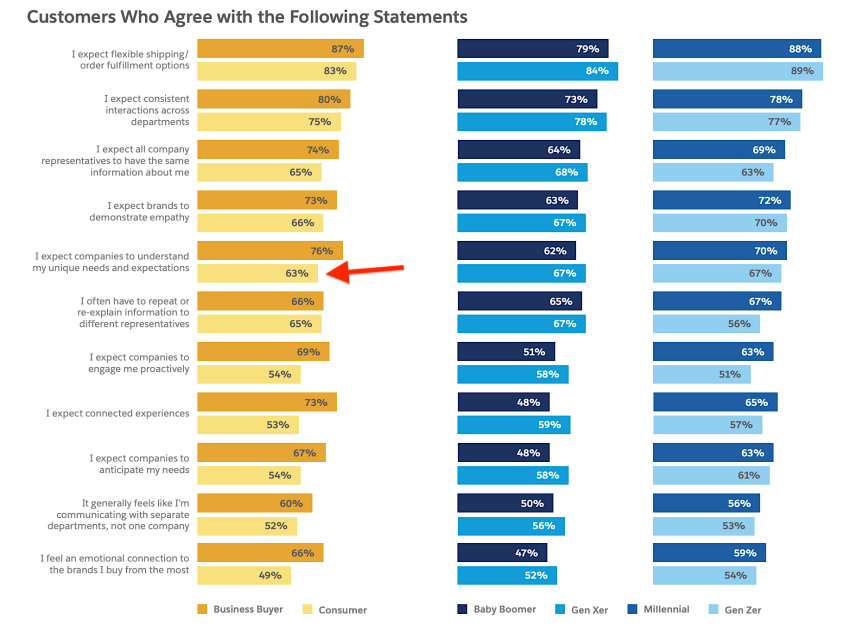
A powerful competitive advantage
Delivering superior customer service is a serious differentiator.
We know that 91% of customers say they’re more likely to make another purchase after a great customer service experience, so brands that excel in digital customer care automatically stand out in a crowded market, attracting and retaining more customers than their competitors.
Higher operational efficiency also means they’re doing so without exceeding their budgets. That’s a sustainable long-term advantage, especially during unpredictable markets.
How Does Digital Customer Care Benefit Cloud Contact Centers?
Cloud contact centers are the backbone of digital customer service and lead to the following.
Integrated multi-service channels
Cloud contact centers integrate multiple digital communication channels into a single unified communications platform.
This unified view of customer interactions from traditional channels (like phone calls and email) and emerging channels (like WhatsApp and Instagram) enables a smoother, more efficient omnichannel service experience.
The customer’s journey is consistent and integrated across all channels, so they can switch between channels without losing context, having to repeat information to your support team, or getting frustrated.
Flexibility and scalability
Cloud solutions are inherently flexible and built to scale.
You can easily add or remove features, agents, and channels as your business needs evolve. This ensures you’re always prepared to meet customer demands and manage peak periods without significant upfront investments in infrastructure or hardware upgrades.
Cloud contact center technology also allows customer service agents to work from anywhere, facilitating remote work. This flexibility can lead to increased agent satisfaction and productivity.
Access to essential and advanced features
Cloud contact centers offer a range of features designed to enhance your digital customer service, including:
- In-depth analytics and reporting: Cloud platforms provide access to real-time analytics dashboards and reporting tools. This enables businesses to monitor customer interactions, agent performance, and customer satisfaction metrics, leading to more informed decision-making.
- Personalization: Leveraging cloud-based analytics and AI, these centers can offer more personalized service by analyzing customer data and previous interactions to tailor responses and recommendations.
- AI and call center automation: Automated and skills-based routing ensure your customers reach the best person to handle their concerns. Chatbots and virtual assistants also automate responses to common inquiries to provide 24/7 on-demand support.
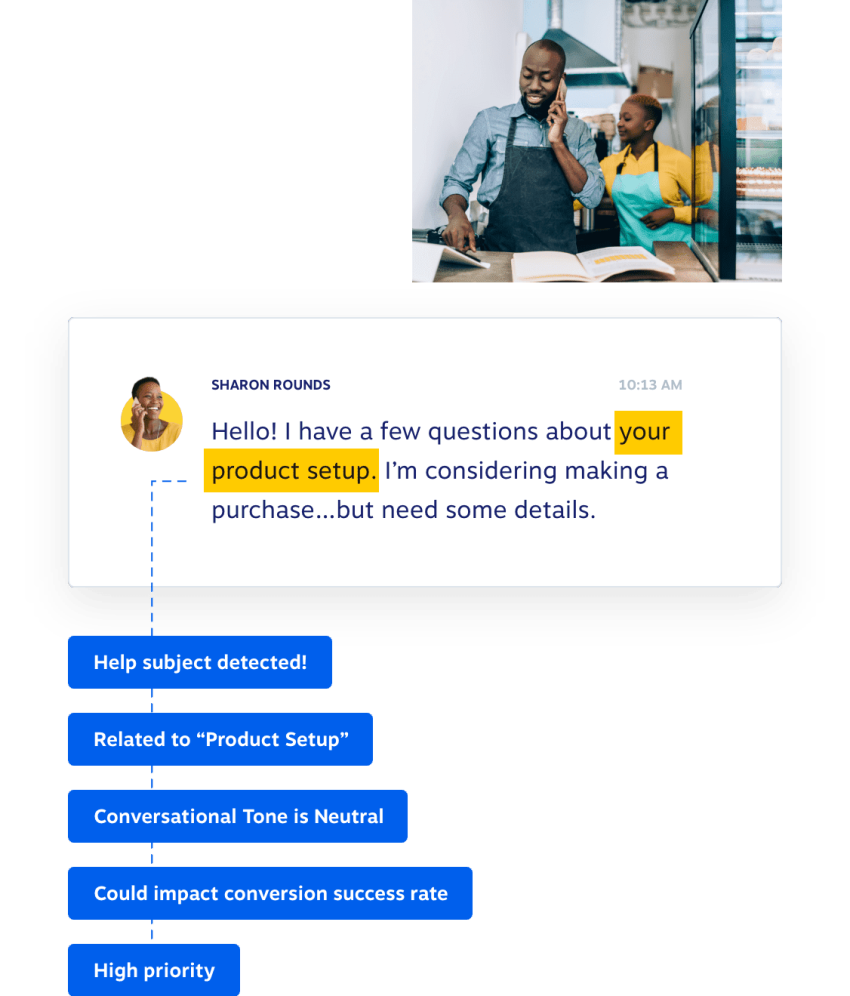
Using these features and agent collaboration tools will empower your team to deliver exceptional customer service faster and easier.
Clear cost efficiencies
Agent efficiency gains translate to lower operational costs. Cloud solutions also eliminate the need for upfront setup costs, expensive hardware and IT infrastructure, and ongoing maintenance of traditional, on-premises contact centers.
Subscription-based pricing also provides predictable monthly expenses. Nextiva offers a pricing model based on the number of lines in use, allowing companies to pay only for the resources and services they use.
Enhanced customer satisfaction
Your customer’s cloud contact center experience encompasses every touchpoint, communication, and interaction with the agents and technology in your support hub.
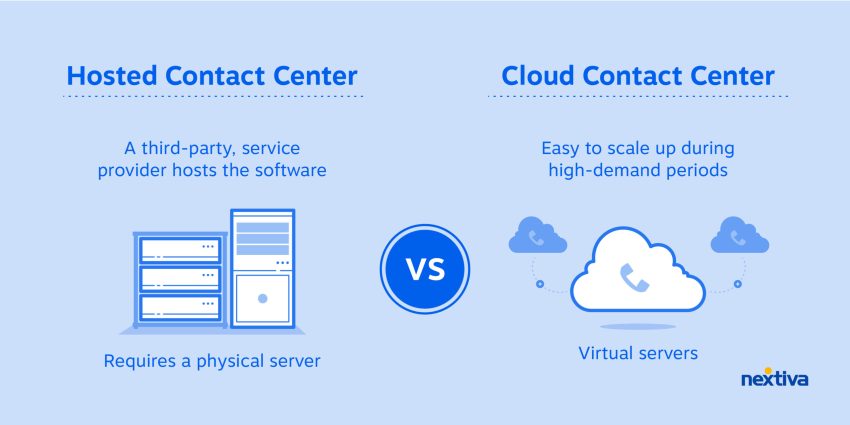
In a digital customer care strategy, this platform can:
- Improve response times: With integrated digital service channels and tools, agents can access all the information they need at their fingertips, leading to faster resolution times and happier customer interactions.
- Facilitate self-help: 78% of customers expect a brand to have self-service options over traditional customer service channels. AI-powered tech can fulfill their wishes.
- Encourage proactive engagement: Leveraging valuable data and analytics on these platforms allows agents to proactively engage with customers, personalize the customer journey, and offer support and information before issues arise.
Case Study: How TS Solutions Transformed Its Customer Experience with Nextiva
How to Adopt a Digital Customer Care Mindset
Shifting to digital customer service requires a cultural shift within your organization.
Below are key steps to consider when implementing a digital customer service strategy.
Understand your customers deeply
Take the time to understand your customers’ demographics, preferred communication channels, and pain points along their journey. This will help you tailor your digital customer service strategy to their needs.
To research your customer’s expectations for service and support, you should:
- Conduct surveys.
- Gather feedback from your support channels.
- Analyze social media conversations and sentiments.
- Track customer behavior, interactions, and journey data.
When you understand your customers better, you’ll know what works (and what doesn’t) and where you’ll score the most ROI before investing time, budget, or resources.
Evaluate your current capabilities
Ask your team these questions to assess your current customer care infrastructure, resources, and team skill sets:
- Are we present on the right channels? Before expanding, focus on the communication channels your customers use the most.
- Do we have the technology, tools, and resources to handle inquiries effectively? Identify gaps that need to be addressed to effectively implement a DCC strategy and areas where technology can streamline your processes. Research and invest in comprehensive tools to support omnichannel customer service.
- Do our reps have adequate training? Identify your agents’ strengths and weaknesses. Equip them with the skills to master new technologies, communication channel best practices, and active listening methods.
Answering these questions will help you prioritize investments and tailor your digital customer experience strategy.
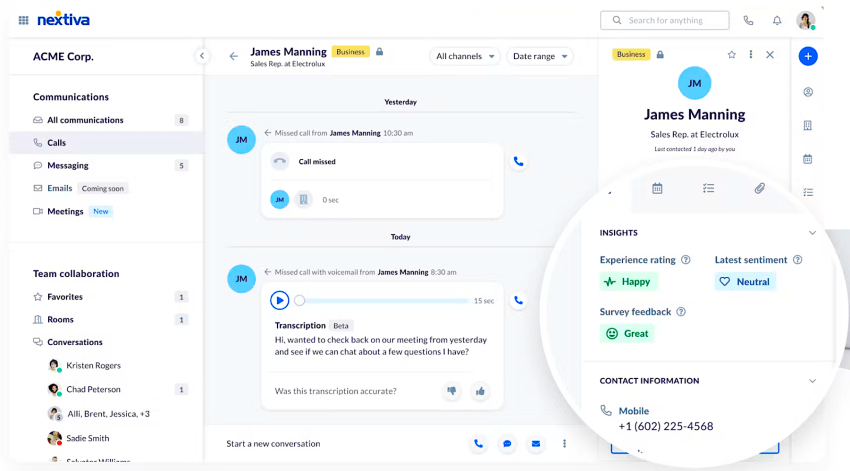
Invest in the right technology
The right technology makes all the difference. Consider scalability (a solution that flexes with your business needs), integration (with your existing CRM and other tools), and ease of use (to minimize training time and allow your team to focus on personalized experiences).
A cloud contact center is a must-have. As the ultimate foundation for digital customer service, this unified platform should integrate multiple digital channels in a single view, offer robust AI-powered features and functions, provide dashboards and reporting, and more.
Prioritize CX Software — a suite of tools designed to manage, analyze, and improve all aspects of a customer’s interaction with your company. CX Software includes tools for tracking, overseeing, and organizing every customer touchpoint from start to finish.
Your team can track customer purchases, online browsing behavior, and feedback from various channels, such as social media and customer service calls, to understand what customers are looking for. Then you’ll be in a stronger position to provide what they need.
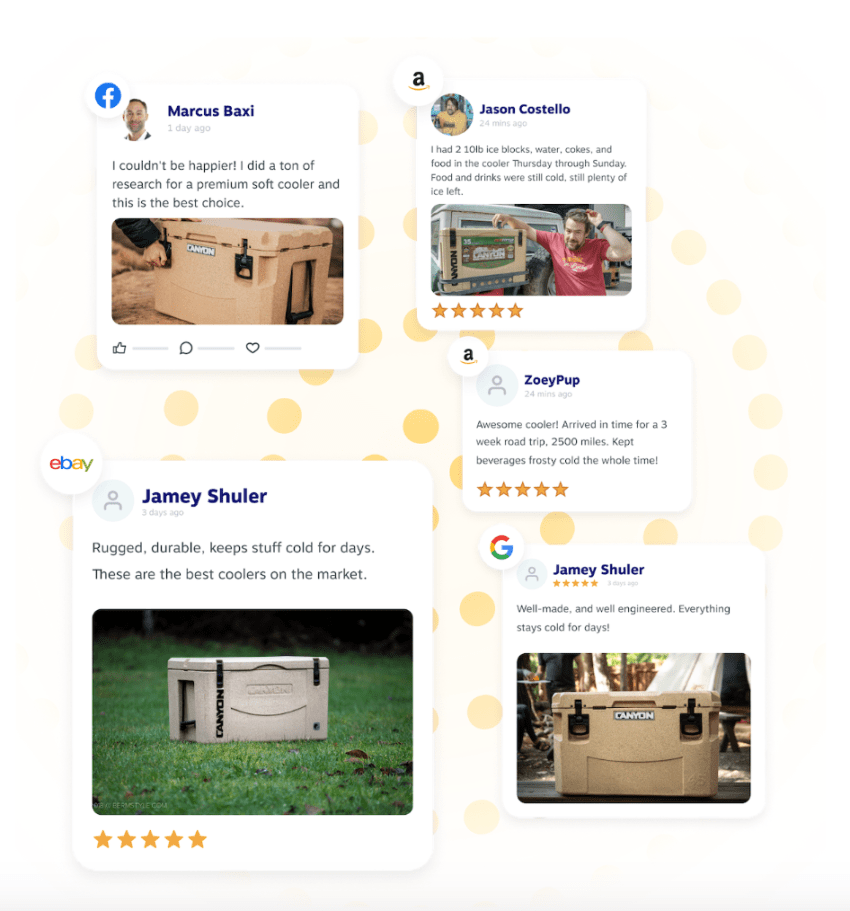
Implement customer-centric strategies
To drive customer experience scores, you must always put your customer at the center of all your decisions.
To do that, you should:
- Use customer data to personalize interactions, anticipate customer needs, and provide proactive support based on customers’ preferences and prior behavior.
- Establish a strong social media presence for customer service inquiries.
- Enable user-friendly self-service options, including a searchable knowledge base with FAQs and troubleshooting guides.
- Empower your service agents to go the extra mile, encouraging proactive, creative, solution-oriented problem-solving.
- Train your agents to be empathetic and build rapport as if they were speaking to customers face to face or assisting them in person.
- Foster a culture of collaboration between your customer service team and other departments to ensure a seamless customer experience.
Measure, iterate, and aim for continuous improvement
Digital customer service is an ongoing journey that requires continual customer experience management.
To succeed here, you should:
- Set and track CX key performance indicators: Customer satisfaction scores, resolution times, channel engagement metrics, cost savings, agent productivity, and more will help your team measure the effectiveness of your strategies, identify areas for improvement, and ensure you’re on the right track.
- Collect customer and agent feedback: Listen to your customers and refine your strategy based on their suggestions, complaints, and concerns. Train your team to regularly provide feedback based on their time in the trenches to enhance your digital customer service further.
- Make iterative improvements: Don’t be afraid to experiment with new tools and approaches and iterate based on your findings. You’ll stay ahead of the curve and show customers that you value their feedback.
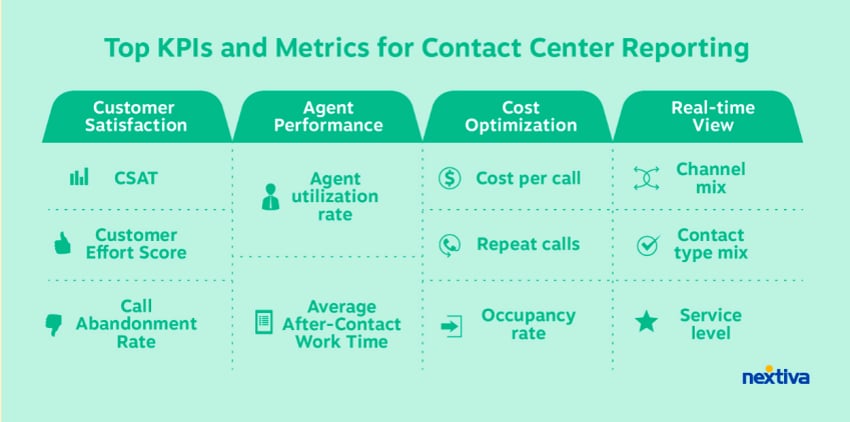
Getting Started With Digital Customer Care
Embracing digital customer care is an investment in your business’s future. It allows you to create a memorable customer experience that fosters loyalty and drives business growth. You’ll be empowered to meet your customers’ needs, reduce operational expenses, and gain a competitive edge.
But you can’t achieve any of those goals without the right technology!
Nextiva is the preferred digital customer care platform for cloud contact centers.
Nextiva’s all-in-one approach offers a unified customer care platform that streamlines communications and offers agents real-time insights. You can track customer sentiment, get real-time alerts based on customer needs, and automate actions to interact with customers based on their experiences.
Having everything in one place will improve first-contact resolutions, address customer problems, save on third-party software, and simplify workflows for your staff.
🌟 See why Nextiva stands out for organizations that need a unified, holistic customer experience tool, customer-centric features, and scalable, affordable pricing now!
Your complete contact center solution.
Run your contact center in the cloud and help more customers with fewer agents.

















 Customer Experience
Customer Experience 








